-
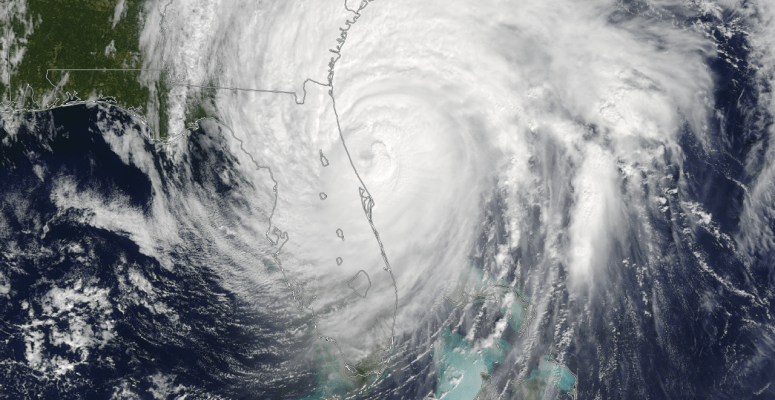
The latest hurricane forecast for the 2018 Atlantic hurricane season from Colorado State University was released this week. In this latest forecast they have reduced their expected number of storms due to the cold temperatures in the source area in the eastern equatorial Atlantic Ocean and the developing El Niño in the Pacific Ocean. Their…
-
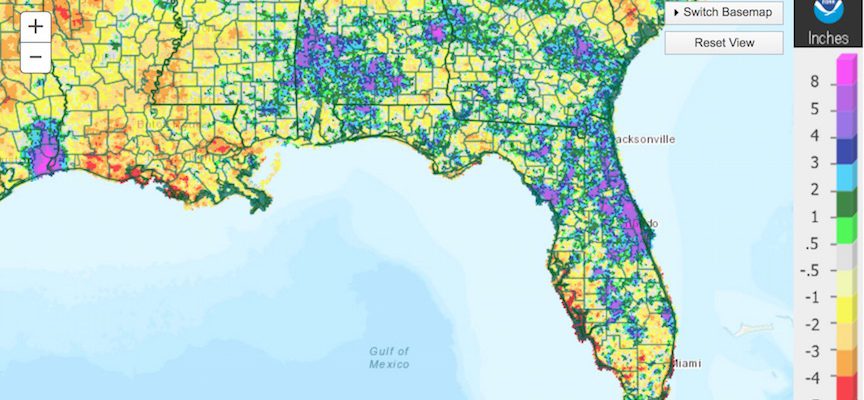
You can check out the latest monthly climate summary for Florida for June 2018 at https://climatecenter.fsu.edu/products-services/summaries?id=525.
Posted in: Climate summaries -

The Fruit Growers Newsletter posted a story this week describing blueberry yields across the United States this year. Unfortunately, Georgia took another hit this year from frosts following the warm February we had that encouraged the bushes to bloom early. Unlike last year, when one big frost event wiped out most of the blueberries, this…
-

I love reading about foods that I love, and citrus fruit are certainly on that list. This article from Quartz provided a history of the grapefruit, a true North American fruit, although its ancestors came from China. You might enjoy reading it too. You can find it at https://quartzy.qz.com/1314705/grapefruit-and-stuff/.
-
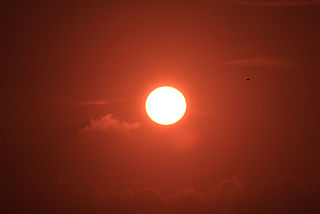
This week’s question from the Georgia Climate Project’s Roadmap deals with the threats we are likely to see from a warmer climate in the future. A timely topic this week as heat warnings are being issued for many parts of the eastern US this week as a dome of high pressure and hot, sunny conditions…
-
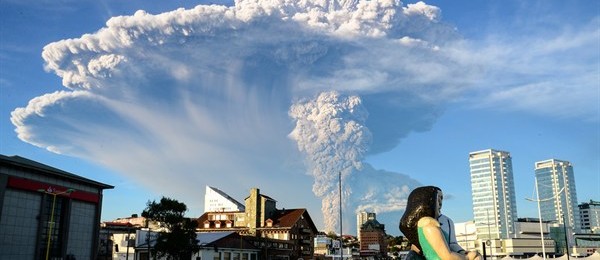
If you watch the news, you might think that the number of volcanoes erupting has increased in recent years. It’s an important question for climatologists since volcanic emissions can affect the climate. However, I saw this article from Smithsonian’s Global Volcanism Program today which indicates it really isn’t increasing, but the media are paying more…
Posted in: Climate science -
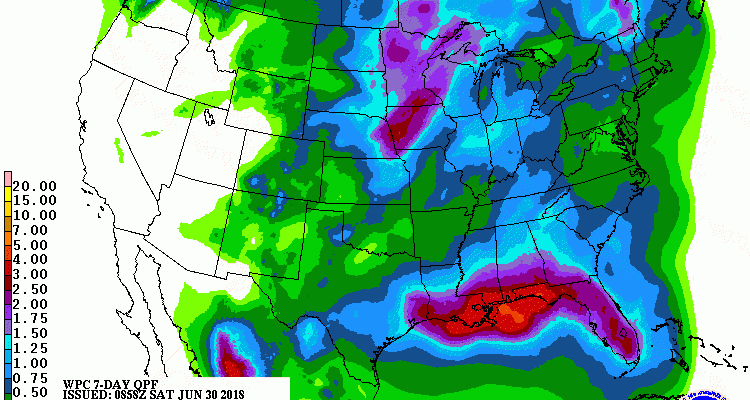
The latest 7 day QPF map shows that all of the region will get rain this week. The lightest amounts will be in North Carolina and Virginia, with less than half an inch expected. The heaviest amounts will be along the Gulf Coast and along the Florida peninsula, with several inches expected. If you look…
Posted in: Climate outlooks